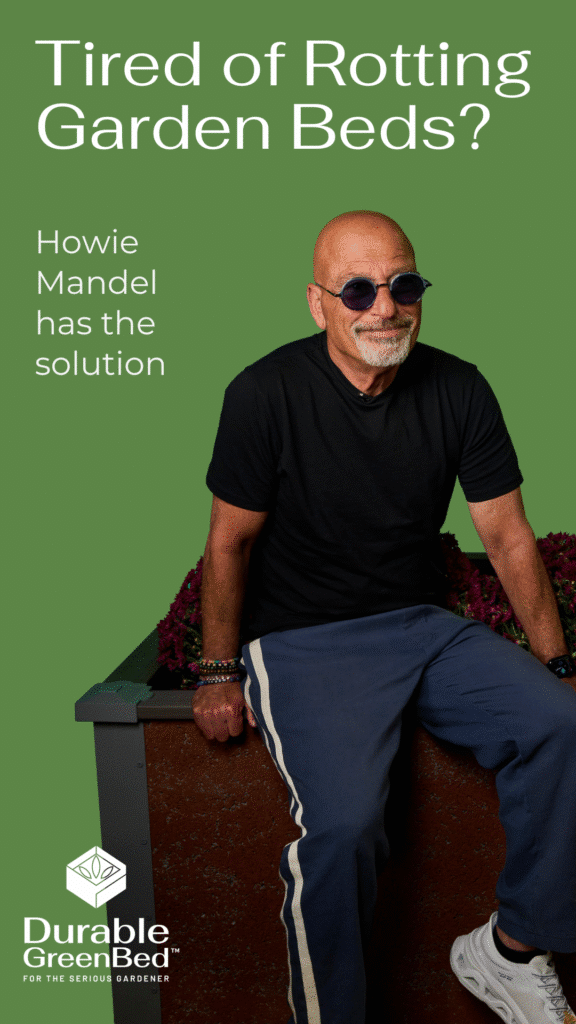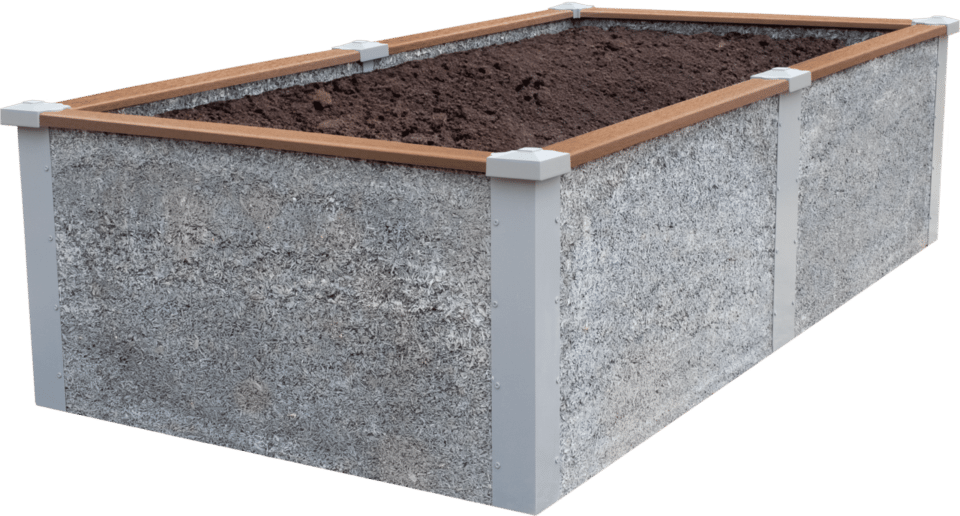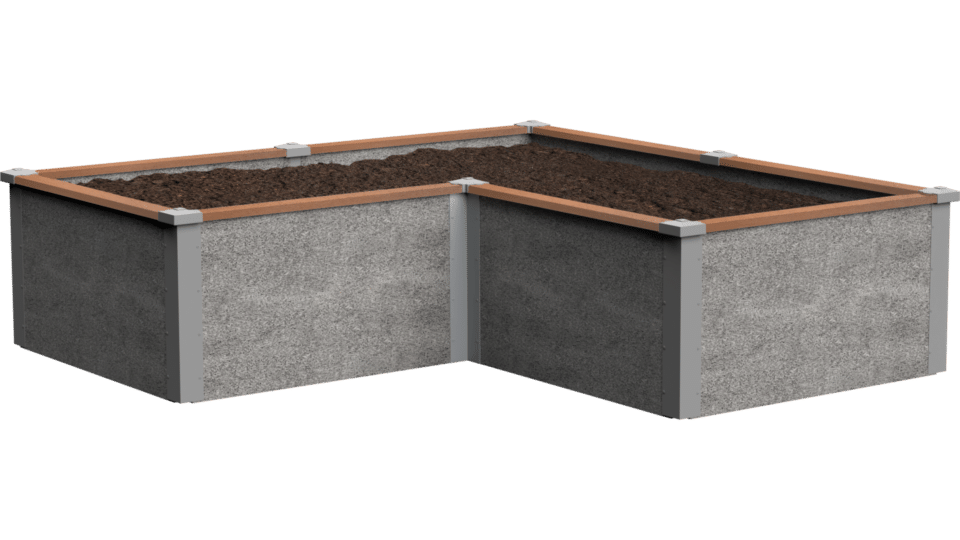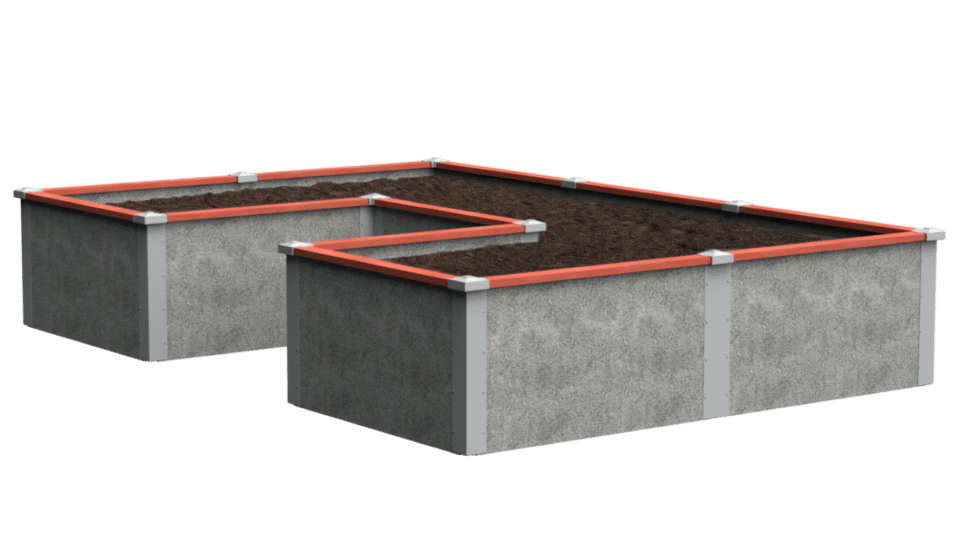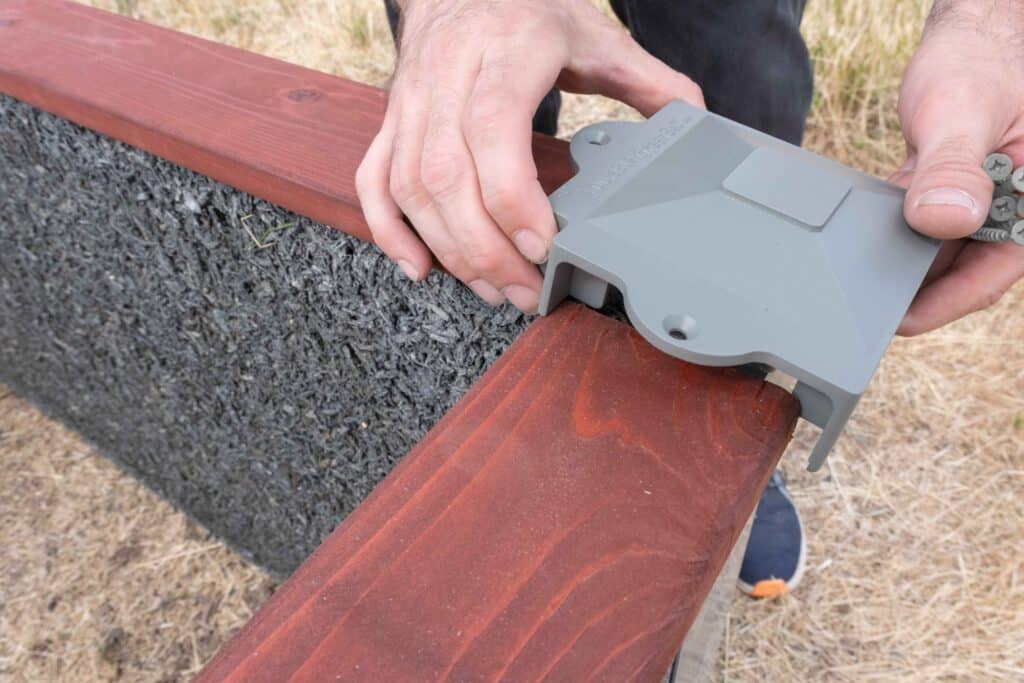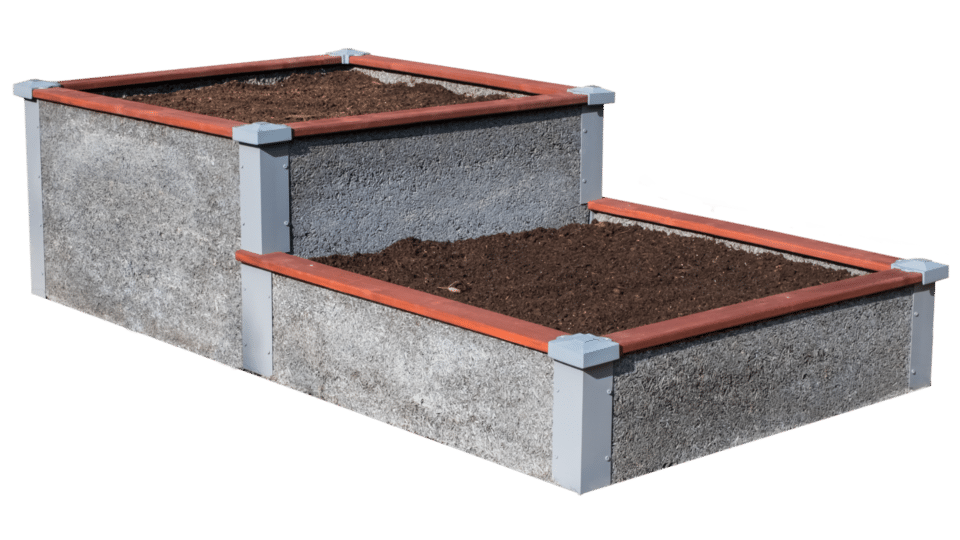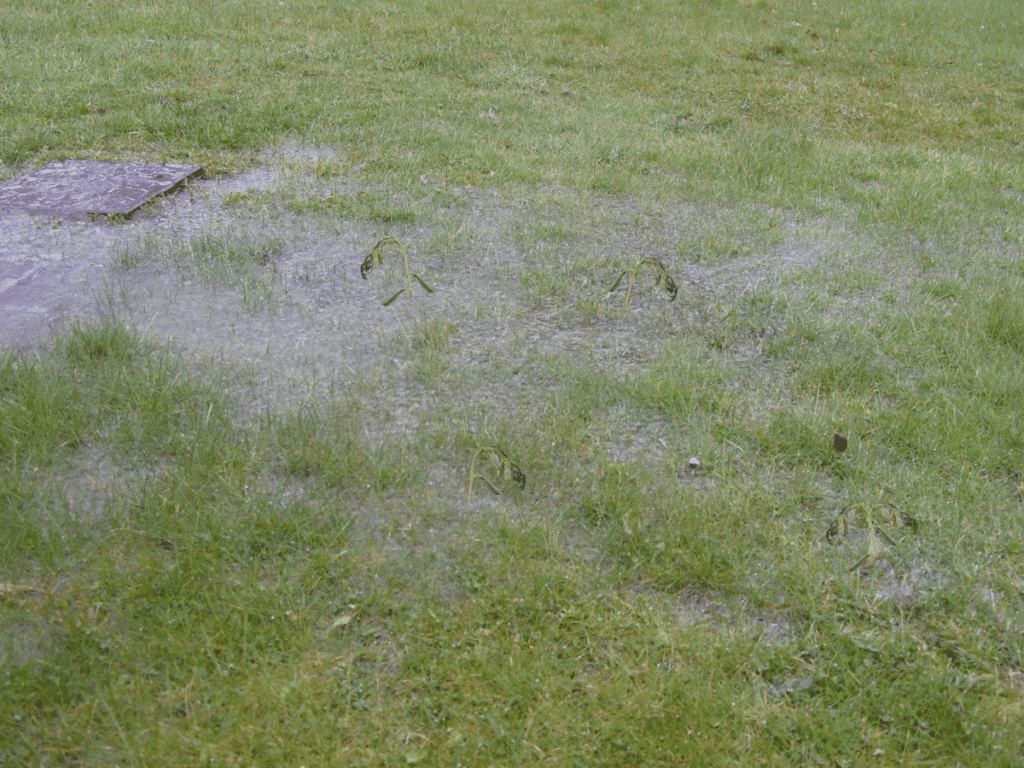
How Do I Make My Garden More Accessible?
We believe that gardening is an activity that should be available to everyone, regardless of their physical abilities. And for the most part, it is! With a few adaptations and using things like deep raised garden beds, gardening can be a safe and comfortable way for just about everyone to enjoy. These methods mean gardeners don’t have to bend down. They have plenty of space for a walker or a wheelchair in between rows. These are just two simple ways to create an accessible gardening space.
One key to creating a garden that is accessible is to think about what kind of accessibility you need. Creating a wheelchair accessible raised garden bed — where the gardeners might need to work from their wheelchair with their knees under a raised planter — is different than creating a garden for someone who can stand but not bend over, for instance.
Adapting the Garden for Accessibility
Place raised beds on level ground
There are many ways of adapting the garden for accessibility. One of the main ways is to place the garden on level ground, where anyone with a walker, wheelchair, or other mobility issues can still move around safely. Durable GreenBeds are capable of being placed anywhere . . . on pavement, in a driveway, a parking lot, etc. Place Durable GreenBeds on flat terrain that may otherwise be unavailable for gardening. This opens up wide swaths of land for gardens that you might not have thought could be used.
If your beds are not on a smooth, paved area, use gravel that offers a firm foundation and good drainage. Be sure there are no bumps or dips in between connections to walkways from patios or between walkways in the garden itself.
Use vertical gardening techniques
Grow peas, beans, and even cherry tomatoes in vertical gardens. Hanging baskets filled with things like strawberries allows gardeners to pick produce at eye level. Vertical gardens can be created from pallets and pockets of landscape fabric. There are many unique options that create an accessible space. Any unused walls, fences, or roof overhangs can be used to implement some type of accessible vertical garden.
Use raised planters
One unique method of planting strawberries that we’ve always admired was to plant them in gutters that are raised off the ground.

With unconventional methods like these, no one has to bend down to access strawberries at ground level.
Use deep raised beds
When you grow in large, deeper raised beds, gardeners have easier access because they don’t have to bend down as far. This works for children, for older folks, and for people who may need to sit rather than stand. Durable GreenBeds are either 1 or 2 feet deep, or are available in special or custom sizes such as the two-tiered version that is 4-feet tall. Using deep raised beds is ideal for an accessible garden because they allow gardeners to work from a seated position. People with walkers don’t have to bend over as far.
Plant herbs in window boxes
This method makes cutting fresh herbs for the kitchen as easy as reaching out the window. Hang a window box from a balcony railing at waist height, or use window boxes along the side of a garage. This is similar to the vertical gardening technique except that window boxes can be hung anywhere you have a flat surface you can anchor to.
Leave space between rows or beds
Leave a minimum of 40 inches (about 3.5 feet) for wheelchairs or scooters users. If you’re assembling a garden area of different sizes or shapes of raised beds, provide for a 5-foot turning radius.
Use adaptable gardening tools
There are a variety of tools available for people with different physical abilities that can make gardening easier. Comfortable ergonomically designed tools may be longer, with better handles, larger grips, or straps that attach the tool to the user’s hands, for instance. Search around to find some tools that work for your situation.
There's Nothing Like Durable GreenBeds
It's the Walls!™
- Breathable
- Well Draining
- Higher Yields
- Prevents Slugs and Pests
- Non-Toxic
- 20-25 Year Lifespan
Shop Durable GreenBed Kits
-
Rectangular Raised Garden Bed Kit
$471.00 – $2,085.00Price range: $471.00 through $2,085.00 Select options This product has multiple variants. The options may be chosen on the product page -
L-Shaped Raised Garden Bed Kit
$786.00 – $1,305.00Price range: $786.00 through $1,305.00 Select options This product has multiple variants. The options may be chosen on the product page -
U-Shaped Raised Garden Bed Kit
$1,199.00 – $2,446.00Price range: $1,199.00 through $2,446.00 Select options This product has multiple variants. The options may be chosen on the product page
Shop Durable GreenBed Raised Garden Bed kits
-
Rectangular Raised Garden Bed Kit
$471.00 – $2,085.00Price range: $471.00 through $2,085.00 Select options This product has multiple variants. The options may be chosen on the product page -
L-Shaped Raised Garden Bed Kit
$786.00 – $1,305.00Price range: $786.00 through $1,305.00 Select options This product has multiple variants. The options may be chosen on the product page -
4’x8’ Stepped Raised Garden Bed Kit
$865.00 – $1,073.00Price range: $865.00 through $1,073.00 Select options This product has multiple variants. The options may be chosen on the product page -
U-Shaped Raised Garden Bed Kit
$1,199.00 – $2,446.00Price range: $1,199.00 through $2,446.00 Select options This product has multiple variants. The options may be chosen on the product page


